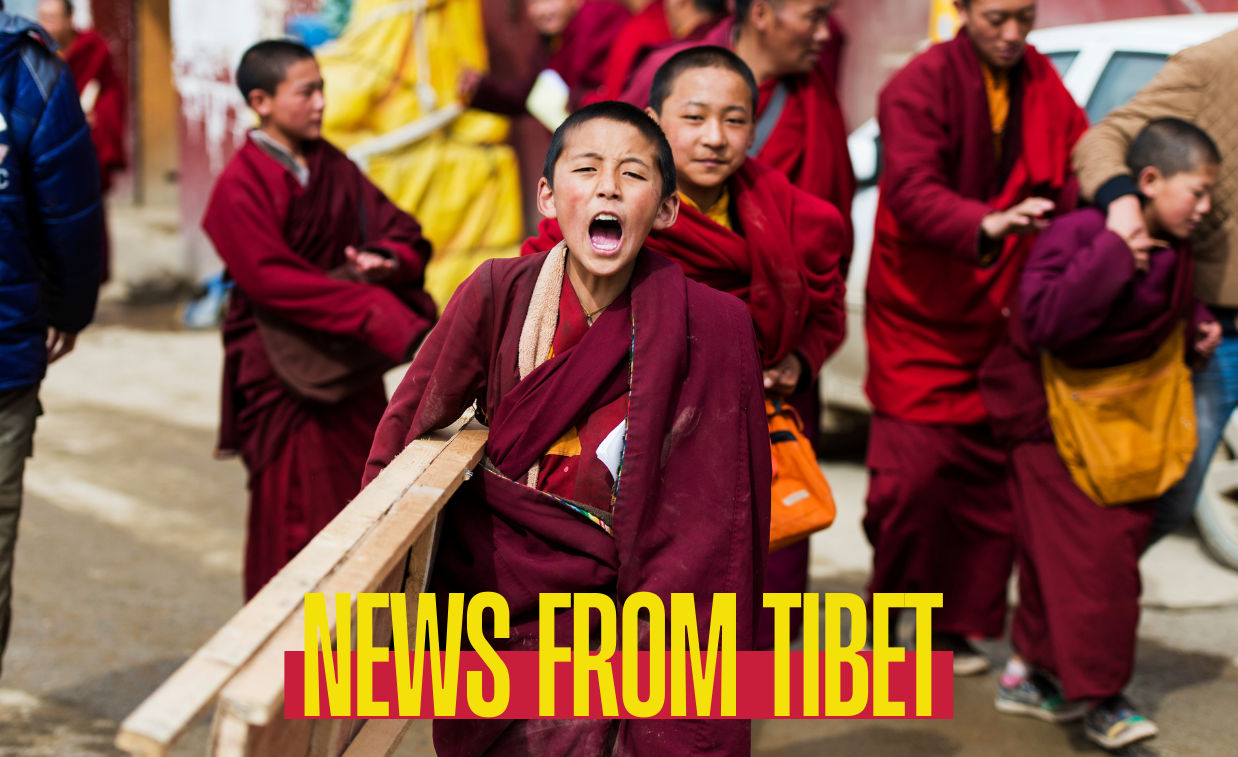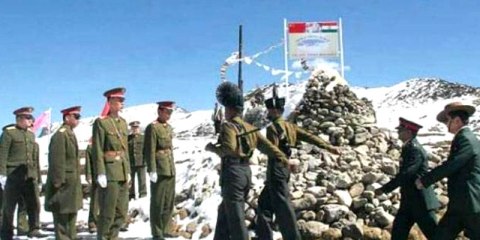
Report Highlights China’s Military Build-up in Tibet
The militarisation of Tibet continues even as Chinese and Indian forces pull back from the frontline

Troops on the border between India and occupied Tibet (Photo: Tibetan Journal)
Chinese and Indian soldiers began a synchronised withdrawal from the mountainous border between India and occupied Tibet last week. One of the consequences of the border tension between China and India has been a major expansion of military and civilian facilities in Tibet, to enhance China’s military position on the Indian border, known as the Line of Actual Control (LAC).
China has been ramping up its military infrastructure in Tibet ever since the Ladakh standoff in May 2020. Recent reports indicate more than doubling of military expansion by People’s Liberation Army (PLA) along the eastern sector of the LAC, including airbases, air defence positions and heliports, in readiness for combat. The Hindustan Times reports that China’s new military strategy in Tibet was detailed in a report issued last year by Stratfor, a leading US-based security and intelligence consultancy. (Hindustan Times)
Military facilities at Lhasa Gonggar Airport, which is the main airport in the area, have been significantly ramped up, with the renovation of a surface-to-air missile site and Lhasa heliport, which houses the Z-20 attack helicopters, along with other developments in air defence and support systems. There are also reports of a major upgrade over the past few months at the Hotan airbase, north of Tibet in the Uyghur region, which is crucial for the Ladakh sector of the LAC operations, with new runways, ammunition bunkers and other auxiliary support facilities.
A large heliport is being built in Golmud, the third-largest city on the Tibetan Plateau which has served as a key staging post for Chinese troops and heavy equipment for LAC operations. Other military developments in Tibet include a major military logistics hub at Shigatse, a surface-to-air missile site on the banks of Mansarovar Lake and air defence positions in sensitive disputed areas.
China has also started an extensive build-up of PLA army and civilian facilities along the disputed border, with satellite imagery showing improved connectivity between key cities and military hubs in Tibet.
Last month, a rare multi-dimensional armed forces drill was reported, involving both the ground assault forces and the PLA’s aviation unit. China’s official military media PLA Daily stated that “land and air force join hands in three-dimensional assault” at a “certain place” on the Tibetan plateau.
Information supplied by Tibet Watch

